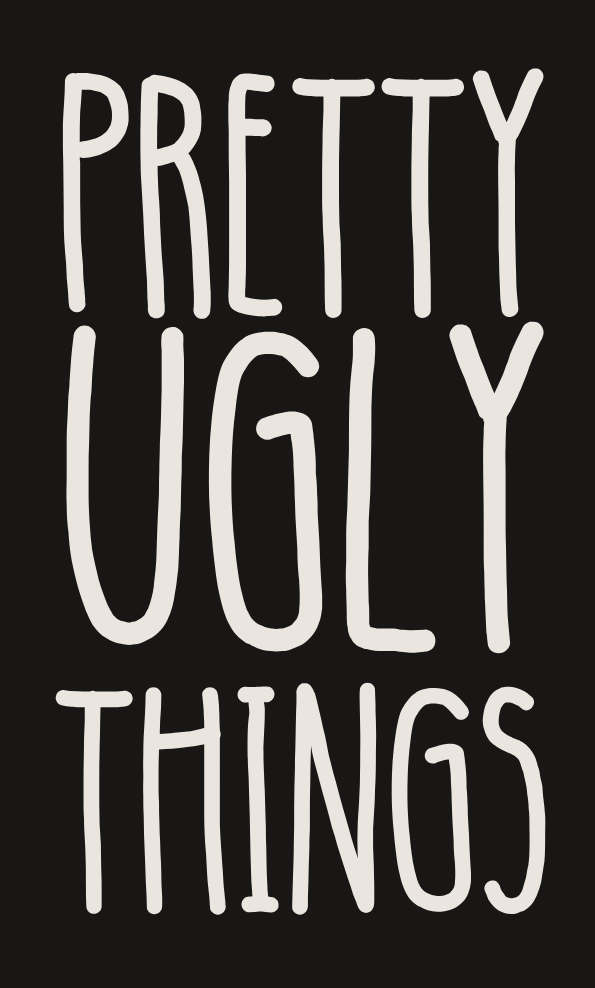'Purple Rain' Weardale fluorite with minor galena
'Purple Rain' Weardale fluorite with minor galena
Couldn't load pickup availability
Locality: Purple Rain Pocket, Lady Annabella Mine, Weardale, County Durham, England
Approx size: 2.5 x 2 x 1", largest crystal 3.9cm
Approx weight: 156g
❗Sunlight will fade the color in fluorite. Keep sun exposure brief; do not display in a sun-exposed location (even if it looks cool!)
Weardale is among the most renowned sources for fluorite among collectors, producing gemmy cubic crystals with Jolly-Rancher colors and strong UV reactivity. This specimen comes via UK Mining Ventures, who currently own and operate the famed Lady Annabella, Rogerly, and Diana Maria mines in Weardale.
The Purple Rain Pocket is part of the Fairy Hole Vein in the Lady Annabella mine. The find earned its name from the steady rains that accompanied the pocket's extraction, paired with the material's intense purple daylight fluorescence. Daylight fluorescence means the fluorite reacts to the UV in sunlight, taking on an other-worldly indigo glow.
Purple Rain specimens typically appear dark purple-gray under incandescent light (indoor lighting). This variety of fluorite can display good color zoning, with alternating thin bands of violet, amethyst, magenta, mauve, and light green visible at the edges. Many pieces having a green core. The alternating zones of green and purple muddle to give the material its inky grape-soda appearance.
White inclusions create a crazed (crackled) pattern that radiates out from the center of each face. There are small pock marks covering the surface; under magnification they are inverted four-sided pyramids—basically, half of an octahedron. This is caused by natural etching just like trigons in diamonds, and covers the surface enough to cause a sheen effect. Etching has also caused the crosshatch pattern on several faces, highlighting the fluorite's cleavage planes.
The dark rounded mineral growing between the two main cubes is galena, which is a common associate of fluorite in this region.
UV Reactivity: The specimen reacts with a strong light blue glow under several UV wavelengths, and is very bright when exposed to a powerful 365nm UV light. Some types of purple fluorite phosphoresce, and I did detect faint phosphorescence for several seconds after exposure to 365nm UV light. The color zoning reacts to UV, with banding apparent in both the UV and daylight fluorescence images.
It was easiest to photograph the daylight fluorescence effect in sunlight, but I find the glow appears the most intense in indirect or diffused sun—for example, enjoy your fluorite outdoors on an overcast day, or near a window indoors.





























